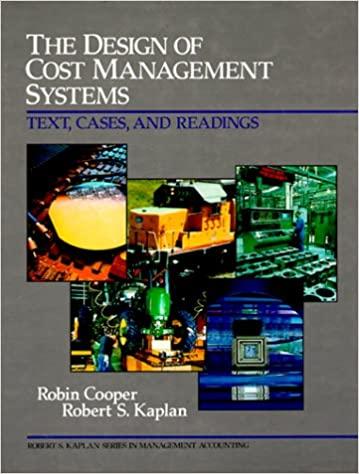(Prepared from a situation suggested by Professor John W. Hardy) Lone Star Meat Packers is a major processor of beef and other meat products. The company has a large amount of T-bone steak on hand, and it is trying to decide whether to sell the T-bone steaks as they are initially cut or to process them further into filet mignon and the New York cut. If the T-bone steaks are sold as initially cut, the company figures that a 1-pound T-bone steak would yleld the following profit: If the company were to further process the T-bone steaks, then cutting one side of a T-bone steak provides the filet mignon and cutting the other side provides the New York cut. One 16-ounce T-bone steak cut in this way will yield one 6-ounce filet mignon and one 8-ounce New York cut; the remaining ounces are waste. It costs \$0.55 to further process one T-bone steak into the filet mignon and New York cuts. The filet mignon can be sold for $12.00 per pound, and the New York cut can be sold for $8.80 per pound. Required: 1. What is the financial advantage (disadvantoge) of further processing one T-bone steak into filet mignon and New York cut steaks? 2. Would you recommend that the T-bone steaks be sold as initially cut or processed further? Complete this question by entering your answers in the tabs below. What is the financial advantage (disadvantage) of further processing one T-bone steak into filet mignon and New York cut steaks? (Do not round intermediate calculations. Round your answer to 2 decimal places.) Barlow Company manufactures three products-A, B, and C. The selling price, variable costs, and contribution margin for one unit of each product follow: The same raw material is used in all three products. Barlow Company has only 6,000 pounds of raw material on hand and will not be able to obtain any more of it for several weeks due to a strike in its supplier's plant. Management is trying to decide which product(s) to concentrate on next week in filling its backlog of orders. The material costs $8 per pound. Required: 1. Calculate the contribution margin per pound of the constraining resource for each product. 2. Assuming that Barlow has unlimited demand for each of its three products, what is the maximum contribution margin the company can earn when using the 6,000 pounds of raw material on hand? 3. Assuming that Barlow's estimated customer demand is 500 units per product line, what is the maximum contribution margin the company can earn when using the 6,000 pounds of raw material on hand? 4. A foreign supplier could furnish Barlow with additional stocks of the raw material at a substantial premium over the usual price. Assuming Barlow's estimated customer demand is 500 units per product line and that the company has used its 6,000 pounds of raw material in an optimal fashion, what is the highest price Barlow Company should be willing to pay for an additional pound of materials? Complete this question by entering your answers in the tabs below








